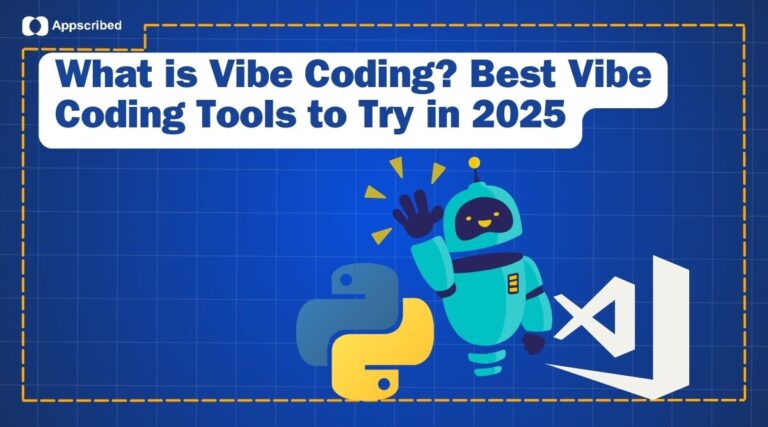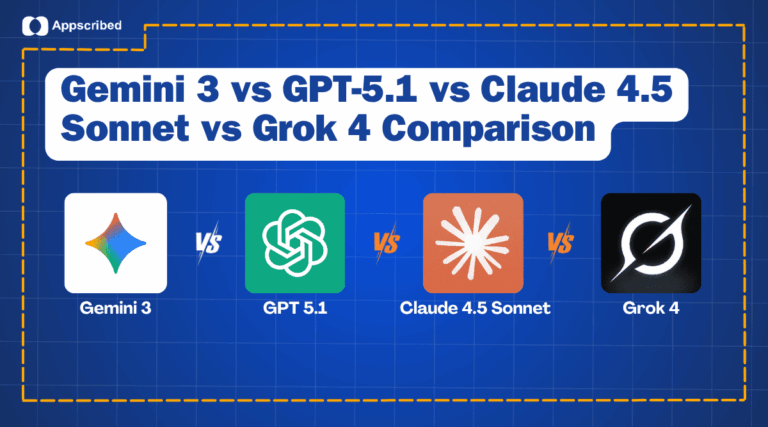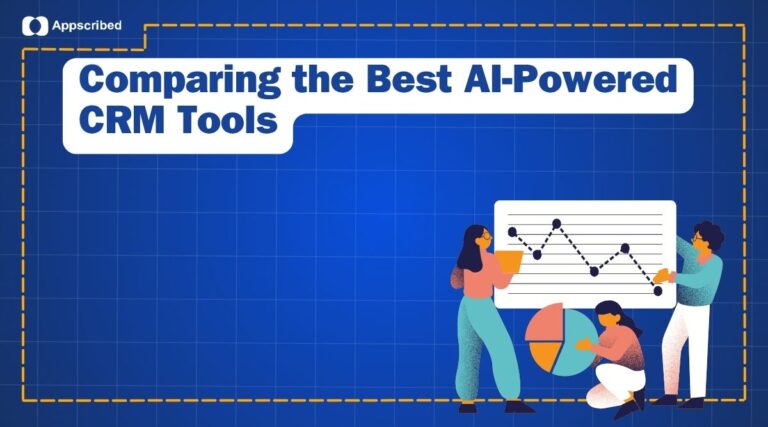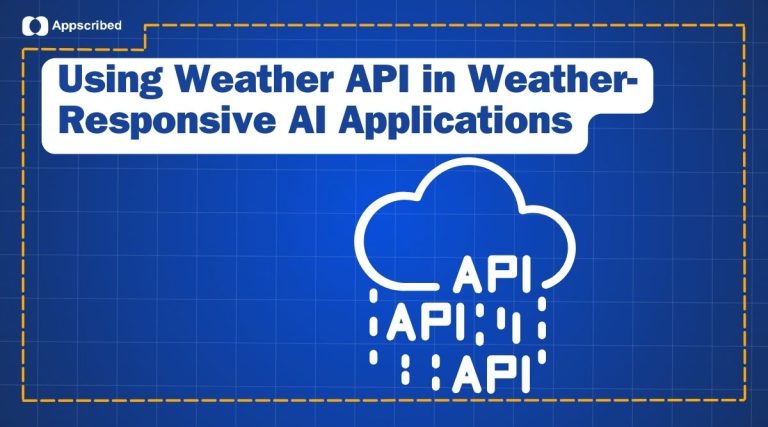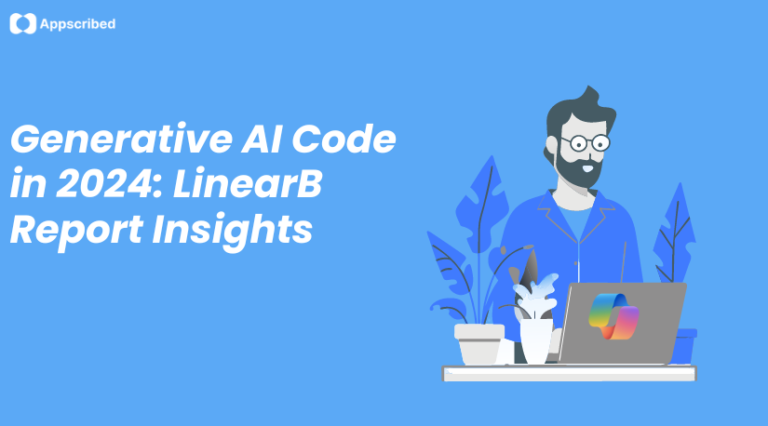If you’ve seen clips on X or YouTube of people typing a few sentences and spitting out full apps, you’re watching vibe coding in action. The term itself was coined by Andrej Karpathy, who described it as “fully giving in to the vibes”, in other words, letting AI handle the implementation while you focus on what to build, not how to build it.
So, what is vibe coding?
In short:
Vibe coding is using natural language to instruct AI tools to write, edit, and deploy code.
You don’t need to know syntax. You don’t need to understand frameworks. You just need to describe what you want, and the AI handles the rest.
Whether you’re a solo founder, product designer, educator, or just someone with an app idea, vibe coding lowers the barrier to entry so much that it’s basically flat.
Why Does Vibe Coding Matter Right Now?
For decades, building apps meant you either spent years learning to code or spent tens of thousands hiring developers. That’s changing. Fast.
With tools like Replit, Claude, and Cursor, anyone can build working apps by just describing what they want. This matters because:
- Developer shortages are real; 82% of companies report talent gaps.
- Traditional coding is slow, AI sometimes speeds it up by 5–6x.
- Technical skills shouldn’t gatekeep app ideas.
Find out how vibe coding compares to AI no-code or low-code
Best Vibe Coding Tools of 2025 (and When to Use Each)
Here’s a deeper look into the top vibe coding tools available this year. Each one brings a different strength to the table, from one-click app creation to pro-level context management. The goal here isn’t to pick a winner. It’s to help you pick the right one for what you need right now.
Cursor, $20/month
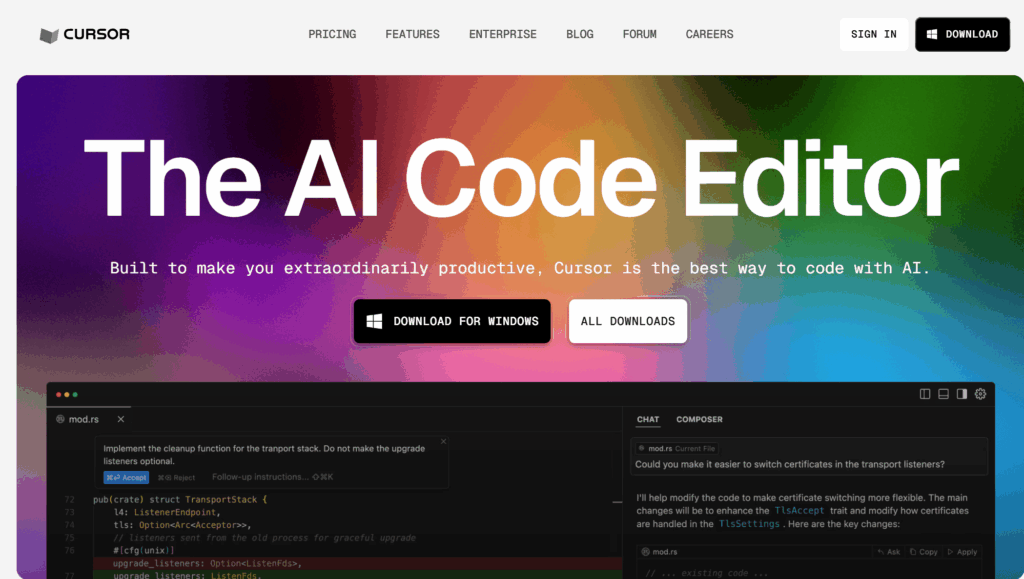
A full fork of VS Code built specifically for AI-first development. Cursor doesn’t just offer autocomplete, it understands your codebase, can make context-aware changes, and supports multiple LLMS (like GPT-4 and Claude). It’s not a plugin, it’s the IDE itself.
Key features:
- Inline AI chat and code editing
- Deep project context awareness
- Composer: automate multi-step changes
- Support for multiple AI models
- MCP (multi-component processing) integration
Best for:
- Developers working on complex, multi-file apps
- Teams that need precise AI-assisted refactoring
- Solo devs who want a powerful code assistant, not a babysitter
Want a more general look at AI assistants for students beyond just vibe tools? Check out the best AI tools for students.
Windsurf , $15/month

A more user-friendly VS Code alternative. Windsurf is lighter than Cursor, but still gives you robust AI tooling plus some standout UX features. Great for solo devs or fast prototyping.
Key features:
- Real-time preview in the editor
- Voice command support (talk to your IDE)
- ‘Cascade’ AI collaboration flow
- Works well even with basic projects
- MCP server support
Best for:
- Beginners or intermediate devs
- Voice-first coders and rapid prototypers
- Projects that need a UI view alongside code
Lovable, Free (Beta), $20/month (Planned)
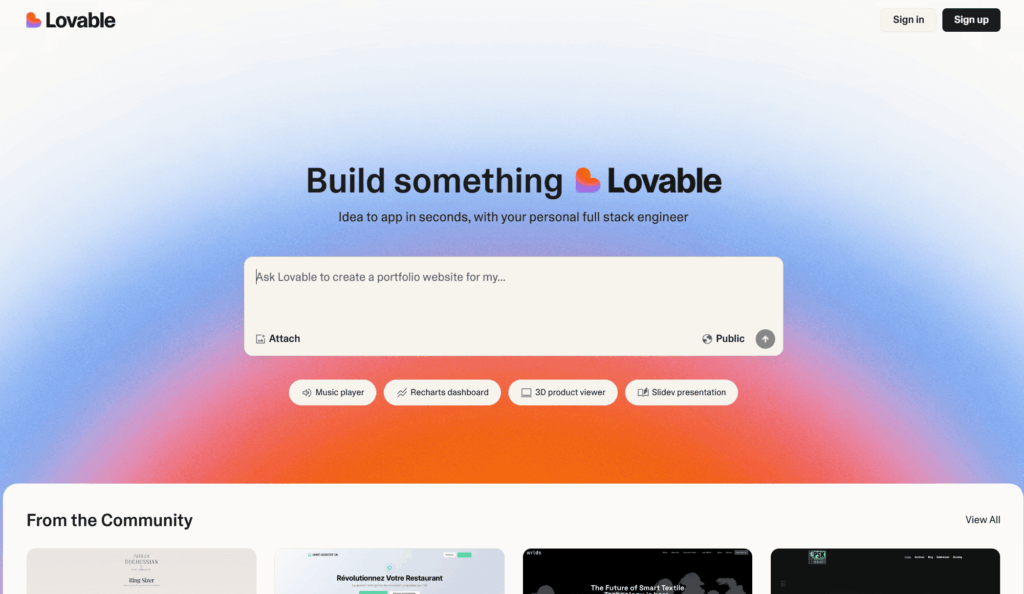
Lovable is a two-pane editor with AI chat on one side and live app preview on the other. Designed for non-coders, it lets you tweak, test, and push changes with minimal friction.
Key features:
- Visual editing + AI instructions
- GitHub integration for real-time sync
- Beginner-friendly UI and prompt suggestions
- Built-in Supabase support for database/auth
Best for:
- First-time app builders
- Designers or product folks who want to test ideas
- People who hate terminals
Bolt, $20/month
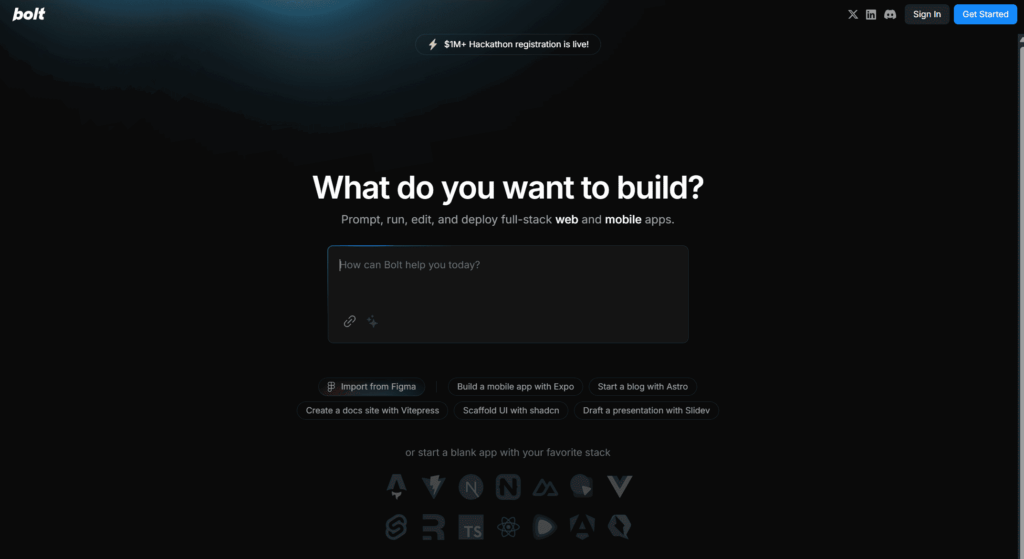
Bolt is a prompt-first, browser-based app builder. You type what you want, Bolt builds it. Think MVPS, hackathons, and quick demos, but without ever opening an IDE.
Key features:
- Prompt-to-app workflow
- Built-in preview and one-click deploy
- Supports modern frameworks (React, Next.js, etc.)
- Figma import (convert design to code)
Best for:
- Solo founders, product testers, and idea validation
- Hackathon MVPs
- Non-technical founders needing proof-of-concept
v0 (by Vercel), $20/month

Built by Vercel, v0 focuses on seamless deployment and frontend generation. Still maturing, but promises a fast pipeline from idea to live app, especially for React/Vercel users.
Key features:
- Native Vercel deploy pipeline
- Auto-generated UIs
- Built for speed and simplicity
- Focused on frontend (for now)
Best for:
- React devs using Vercel
- Designers wanting UI help
- Small teams that value time over customization
Watch out:
- Not ideal for heavy backend logic
- Still in early feature rollout
Replit, Free tier, Paid Plans

A browser-based coding IDE that supports natural language prompts, real-time previews, and instant deployment. Replit’s Agent lets you build full apps without ever writing code manually.
Key features:
- Replit Agent + AI Assistant
- Webview: see app updates live
- Built-in database, hosting, storage
- Multiplayer coding + live threads
- Mobile app support
Best for:
- Students, creators, side projects
- People learning to code via AI
- Fast prototyping and hobby apps
Check out the best AI tools for video editing
Claude, Free/Paid (Token-based)

A powerful AI chat tool with deep reasoning and memory. Claude Code helps analyze entire codebases and can generate/refactor intelligently.
Key features:
- Markdown-based memory
- Detailed explanations + debugging
- Great at understanding app-wide architecture
- Extremely fast at making targeted changes
Best for:
- Debugging or improving existing projects
- Learning code by asking “why”
- Teams needing smarter QA support
GitHub Copilot, $10/month
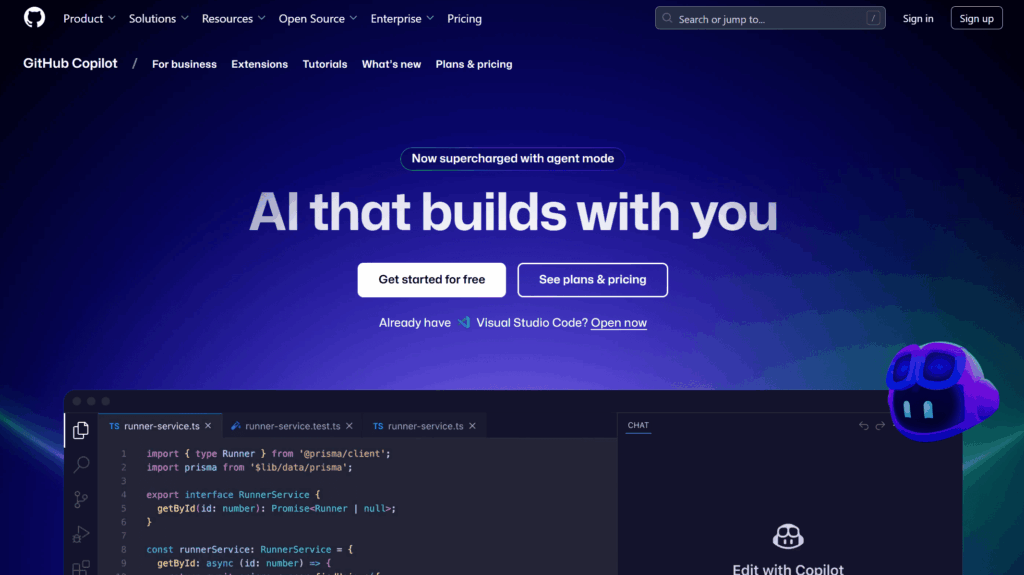
A line-by-line AI assistant that lives inside your IDE. GitHub Copilot doesn’t build your whole app, but it makes you faster at coding the parts you already know.
Key features:
- Context-aware suggestions
- Supports VS Code, JetBrains, Neovim
- Constantly improving with your usage
Best for:
- Intermediate/advanced devs
- Faster coding inside familiar IDEs
- Boosting productivity on existing projects
Devin (Cognition Labs), Invite Only
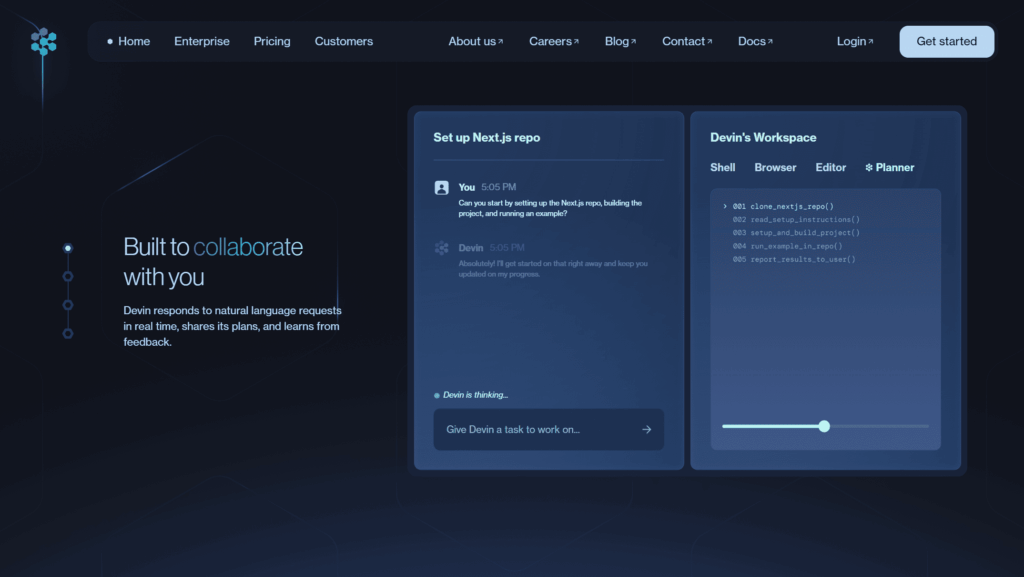
Probably the most advanced autonomous coding agent out there. Devin can scope out tasks, build apps, fix bugs, and test everything, all autonomously.
Key features:
- AI developer for hire
- Long-term memory and planning
- Handles full-stack tasks from scratch
- Slack interface
Best for:
- Pro devs who want to delegate complex work
- Teams with technical workflows
- High-scale or high-stakes projects
Quick Comparison of Vibe Coding Tools
| Tool | AI-Powered | Real-Time Preview | Voice Integration | API Integration | Beginner-Friendly | Starting Price |
|---|---|---|---|---|---|---|
| Cursor | Yes | No | No | Yes | No | $20/month |
| Windsurf | Yes | Yes | Yes | No | Yes | $15/month |
| Lovable | Yes | Yes | No | No | Yes | Free / $20/month |
| Bolt | Yes | Yes | No | No | Yes | $20/month |
| v0 (Vercel) | Yes | Yes | No | Yes | Yes | $20/month |
| Apidog MCP | Yes | No | No | Yes | No | Not listed |
| Copilot Workspace | Yes | No | No | Yes | No | Not listed |
How to Choose the Right Vibe Coding Tool?
Picking a vibe coding tool isn’t about finding “the best”, it’s about picking what works for your use case, skill level, and goals. Here’s how to think about it:
- If you’re a non-coder or first-time builder, then go for tools with a visual interface, live previews, and beginner-focused UX. You want tools that translate your prompts into working apps without needing technical knowledge. Your best picks would be: Lovable, Bolt, and
- If you need to build prototypes fast, then look for tools that can generate and deploy apps quickly, especially those with one-click hosting and no local setup. Best picks: Bolt, v0, and Windsurf
- If you’re a developer working on complex apps, you want full control, model flexibility, and AI that understands your entire project structure. Tools that can refactor, debug, and support multi-model inputs are key. Best picks: Cursor, Claude, and Copilot Workspace
- If you’re building as a team, then look for collaborative features, repo integration, and tools that support real-time co-editing or task management. Best picks: Replit, Copilot Workspace, Apidog MCP
- If you’re exploring or learning, you’re not just trying to ship, you’re trying to understand. Look for tools that explain what they’re doing, show the underlying code, and help you grow your skillset. Best picks: Claude, Replit, GitHub Copilot
-
What does vibe coding mean?
Vibe coding is a new way of building software that uses AI tools to generate code based on plain-language instructions. Instead of writing code line by line, you describe what you want, the layout, features, or flow, and an AI agent writes, refactors, or deploys the code for you.
-
What is vibe programming?
Vibe programming is essentially the same concept as vibe coding. It’s about guiding AI to build software through high-level ideas, goals, or instructions rather than syntax. Think of it as being the “director” instead of the “developer.” You manage the intent, the AI handles the implementation.
-
Is vibe coding only for beginners?
No, while vibe coding lowers the barrier for non-coders, it’s just as useful for pros. Developers use it to speed up repetitive tasks, refactor large codebases, and generate boilerplate code. Tools like Cursor, Claude, and Copilot Workspace are built with professionals in mind.
-
Can vibe coding replace human developers?
Not yet, and maybe never fully. Vibe coding tools are great at building prototypes, generating UI, or filling in code snippets, but they still need human oversight. Complex business logic, architecture decisions, and debugging across large systems still rely on skilled developers.
-
Do vibe coding tools support collaboration?
Do vibe coding tools support collaboration?
Yes. Some tools like Replit offer real-time multiplayer coding, inline comments, and chat. Others like Copilot Workspace are built for team workflows, breaking down issues, writing PRS, and summarizing tasks.

